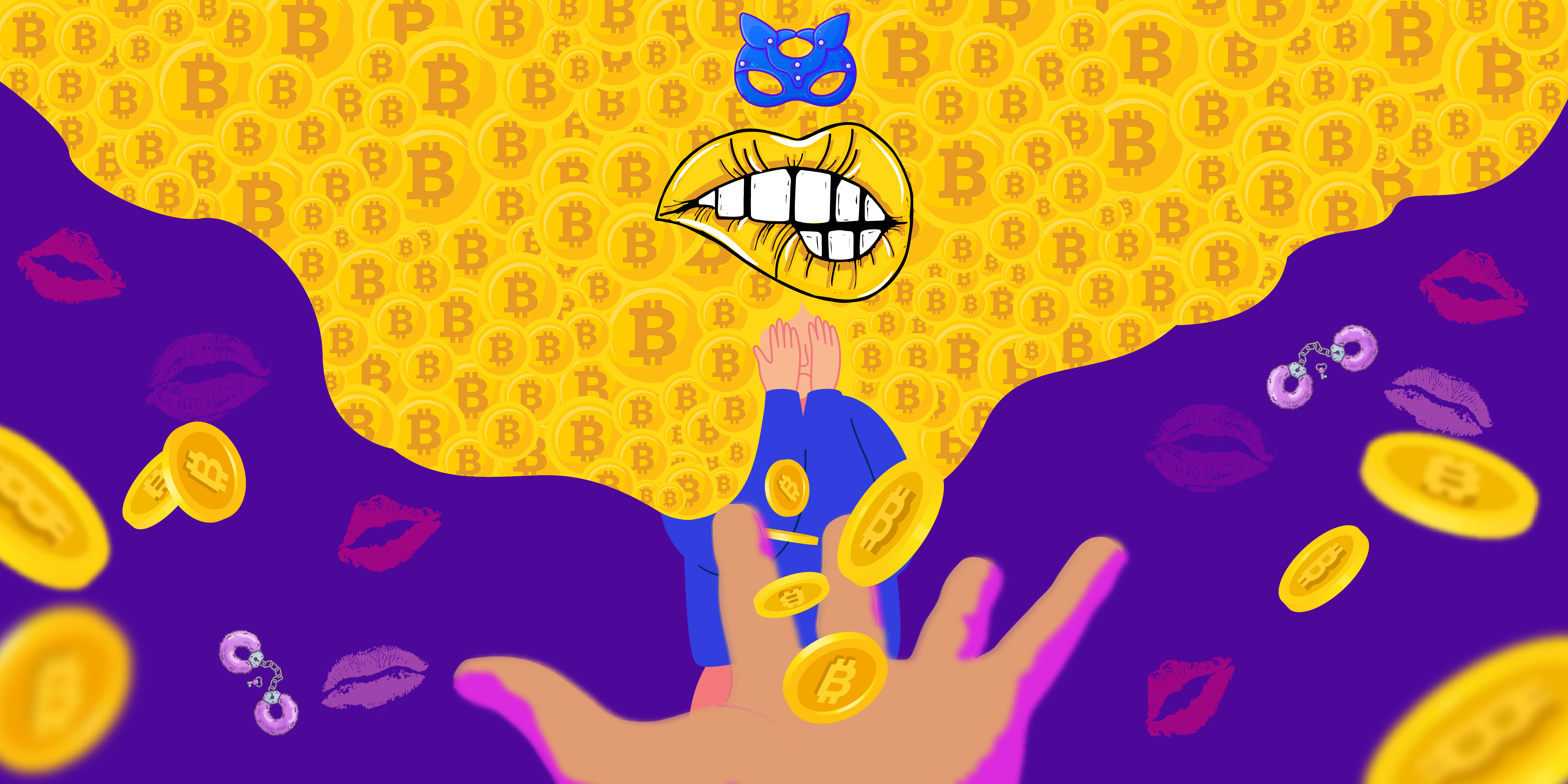The Oxford dictionary defines cyberbullying as “the use of electronic communication to bully a person.” In simpler terms, harassing, threatening, embarrassing, or targeting another person through the use of technology is called cyberbullying. Bullies have been around us forever, but now, technology gives them a whole new platform to perform their actions.
Cyberbullying is not confined to a place as it takes place through the internet. There are many forms of traditional bullying, such as verbal and physical abuse, and there are many different types of cyberbullying too. Listed below are the most common types of cyberbullying that is widely prevalent in today’s world.
1) Cyber Harassment– Harassment can be defined as “aggressive pressure or intimidating someone” by the constant use of abusive and threatening language in messages. Regarded as one of the dangerous forms of Cyberbullying, harassment can have a severe impact on your well-being.
2) Cyberstalking– Stalking can be defined as a form of mental assault where the stalker or perpetrator chases/ follows by intruding into your personal life. It can be dangerous when they do it online. This form of cyberbullying that is also regarded as a criminal offense poses threats from the stalker. It is often accompanied by real stalking or offline stalking.
3) Outing and Trolling– Outing is an act done to embarrass or humiliate you in public, without your consent through posts online that contain private or sensitive information.
Alongside, Troll is a word used in Internet slang to denote a person who starts arguments, upsets people by deliberately posting provocative content to invoke an emotional response. They aim to incite your anger.
4) Impersonation– Impersonating alias ‘Imping’ can be categorized into four sub-categories: Fraping, Catfishing, Masquerading, and creating fake profiles to accumulate personal information and threaten someone.
Fraping is an act of hijacking your social media accounts and posting offensive content from that profile. For example, famous Indian actor Amitabh Bachchan’s Twitter account got hijacked, and the Turkish hacker swapped his profile picture with Pakistani Prime Minister. The hacker also posted a few tweets portraying their propaganda.
Unlike Fraping, Catfishing is when someone steals your online identity and ends up re-creating a profile with the borrowed identity. You must understand that this damages your online reputation. Catfishing also refers to luring someone into a relationship by creating a fictional persona in social media sites.
Masquerading is quite synonymous to Catfishing, where the hacker creates a fake identity by creating a new profile from scratch or by using someone else’s email and using this identity to threaten someone.
Moreover, people create a fake profile for hiding their own identity, threatening someone, and obtaining information. The victims of these cases are usually acquainted with hackers, which is why they prefer to stay behind the veil and attack the victims.
5) Cyberstalking– Stalking can be defined as a form of mental assault where the stalker or perpetrator chases/ follows by intruding into your personal life. It can be dangerous when they do it online. This form of cyberbullying that is also regarded as a criminal offense poses threats from the stalker. It is often accompanied by real stalking or offline stalking.
6) Outing– This is an act done to embarrass or humiliate you in public, without your consent through posts online that contain private or sensitive information.
7) Doxing– This is the act of posting disrespectful content about you on the internet. The content may include personal/ private information, photos, videos, or screenshots.
8) Exclusion– This tactic mainly affects teens and emotionally weak individuals who depend on others for company. We all know a man is a social animal and needs peer recognition. The act of exclusion leaves someone out deliberately.
Some examples are,
You might be excluded from social gatherings, parties, or activities.
You might not be able to converse with people who have conversations without you.
9) Denigration– Putting up rude comments about someone on social media websites to humiliate or embarrass someone. Denigration is quite similar to Trolling.
10) Happy Slapping– This is a common practice where a group of people attack a stranger and film the entire incident of assault. It is then get circulated through chat groups and social media.
Safety Tips
Internet is a double-edged sword. For some, it works as blessings, while for others, it’s nothing less than a curse. Besides pools of meaningful conversation, friendships and desirable communities, internet host a murky world hidden inside where people bully others, gets bullied or witness bullying. To be on the safe side, you should learn and teach the children’s how to deal with it. Here go the top tips for dealing with cyberbullying.
- Always take a screengrab if you sense something similar and keep it in your device for further reference. Teach your children to repeat the same.
- Most of the online platform offers ways to report and block particular people. If you or your child find something identical, the best approach is to stop right there and inform the person’s behavior. Block him/her as well if required.
- Being the victim of a cyberbullying has become very common nowadays; hence, you should discuss it with others and teach your children to be open about it.
- If you or your children notice any sort of cyberbullying happening around, report it immediately to the concerned authority.
- Never entertain friend requests from any unacquainted users. Configure your social media accounts privacy settings to keep your personal information safe from prying eyes.
- Enable 2FA (Two-Factor Authentication) wherever available and setup Parental Control in K7’s Total Security Plus to monitor the digital activities of your kids to keep them safe online.











